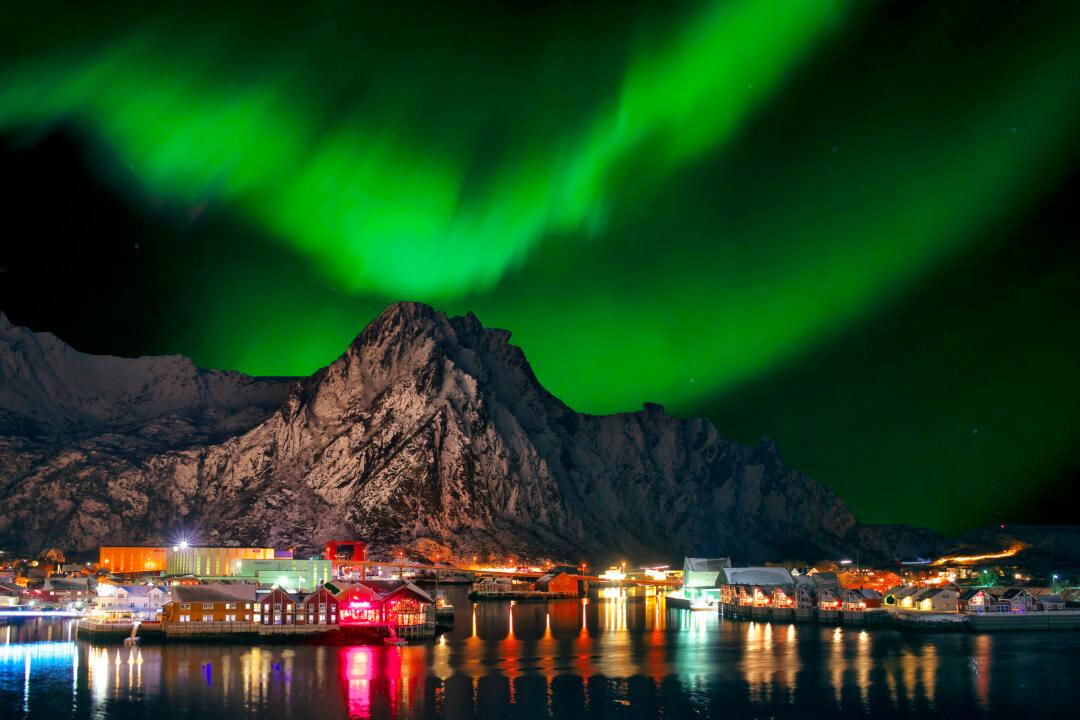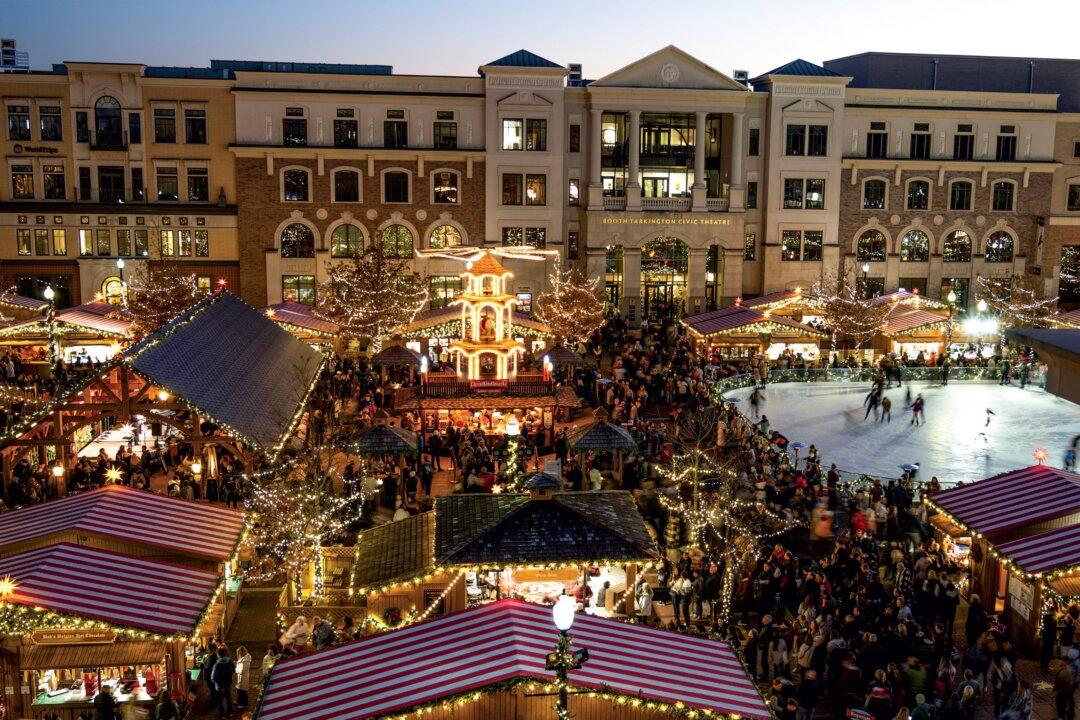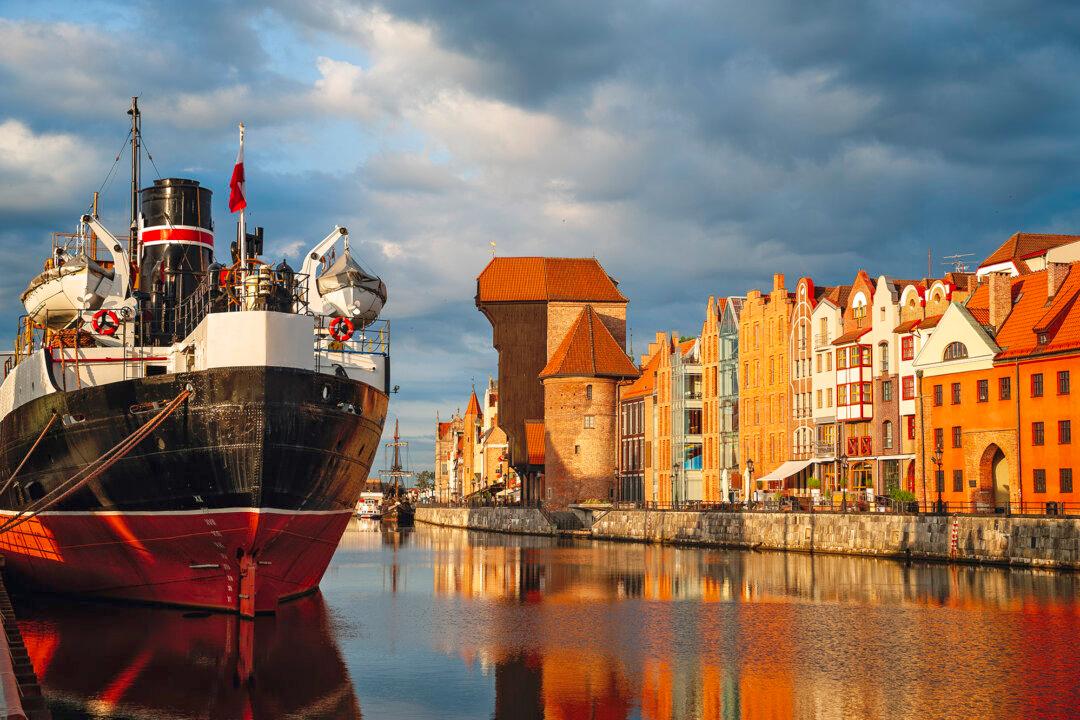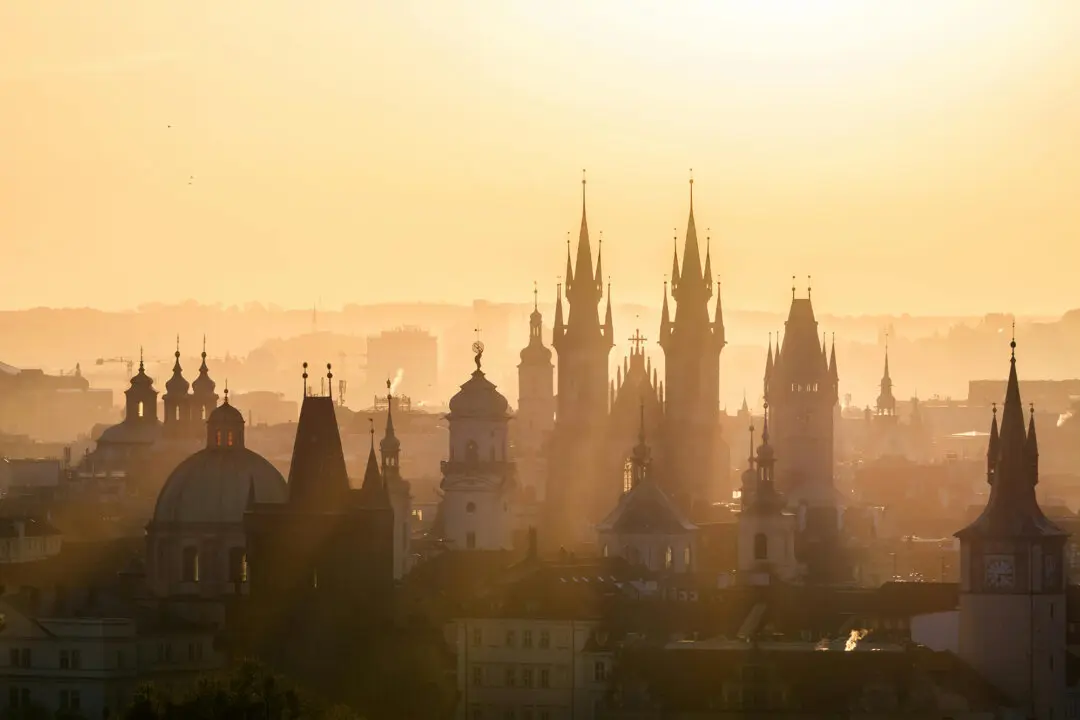It was a night I’ll never forget. Sailing south along the fjords of Norway on a Hurtigruten ship, we had spent the better part of a week chasing the light—with no success at all. On the last evening of the voyage, guides on board lowered expectations. While the skies might indeed be active, the big snowstorm rolling in would completely obscure any visibility. So, they said, don’t expect to see the aurora borealis.
But hope is a funny thing. Even with such a doubtful forecast, it still resides and endures, right there, in the back of your mind. And so I added my name to a list of people willing to be awakened if the skies lit up, no matter what the hour. The announcement would come through the cabin’s phone.





